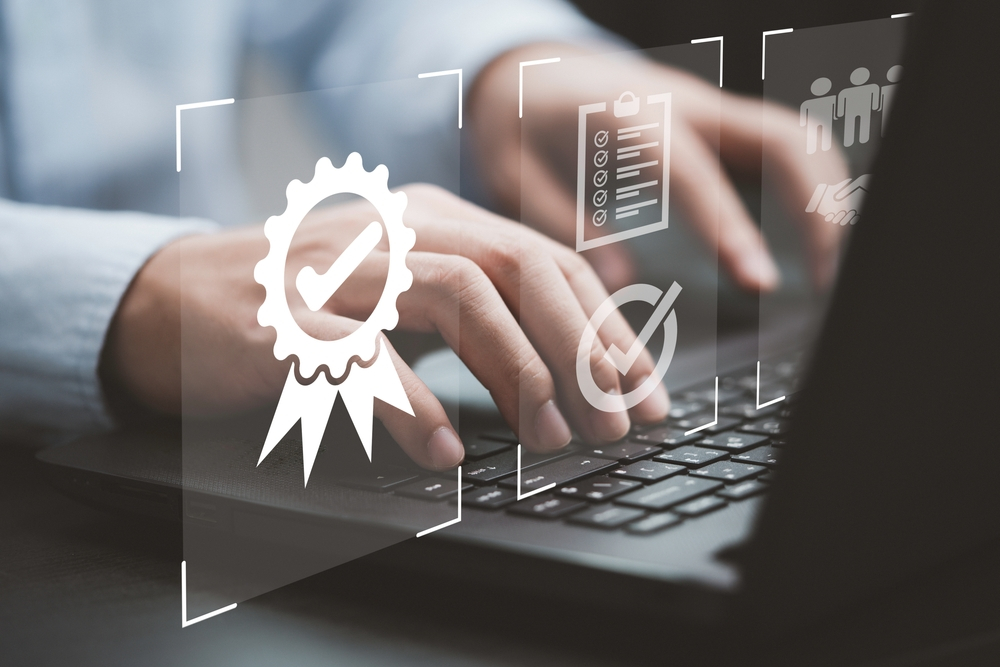Essential Cyber security Tips for Small and Medium Enterprises
In the digital age, small and medium enterprises (SMEs) are increasingly targeted by cybercriminals. Despite limited resources compared to larger corporations, SMEs can implement effective cybersecurity measures to protect their sensitive data and maintain business continuity. This blog provides essential cybersecurity tips for SMEs to enhance their security posture and safeguard their digital assets.
Understanding the Importance of Cyber security for SMEs
Rising Cyber Threats
SMEs are attractive targets for cybercriminals due to perceived weaker defenses and valuable data. Common threats include phishing attacks, ransomware, malware, and data breaches. Protecting against these threats is crucial to avoid financial losses, reputational damage, and legal consequences.
Limited Resources and Expertise
Unlike large corporations, SMEs often lack dedicated IT security teams and budgets for advanced security solutions. However, by adopting fundamental cybersecurity practices, SMEs can significantly reduce their vulnerability to cyber attacks.
Essential Cyber security Tips for SMEs

1. Educate and Train Employees
Employee Training Programs: Conduct regular training sessions to educate employees about common cyber threats, such as phishing and social engineering. Employees should learn to recognize suspicious emails and avoid clicking on unknown links or attachments.
Security Awareness: Foster a culture of security awareness within the organization. Encourage employees to report any suspicious activity or potential security incidents immediately.
2. Implement Strong Password Policies
Complex Passwords: Require the use of complex passwords that include a combination of letters, numbers, and special characters. Passwords should be at least 12 characters long.
Regular Password Updates: Enforce regular password updates to minimize the risk of compromised credentials. Consider using password management tools to help employees manage their passwords securely.
3. Use Multi-Factor Authentication (MFA)
Additional Security Layer: Implement MFA to add an extra layer of security. MFA requires users to verify their identity through multiple methods, such as a password and a one-time code sent to their mobile device.
4. Keep Software and Systems Updated
Regular Updates: Ensure that all software, including operating systems, applications, and antivirus programs, are regularly updated with the latest security patches. Outdated software can have vulnerabilities that cybercriminals exploit.
Automatic Updates: Enable automatic updates where possible to ensure that your systems are always protected with the latest security enhancements.
5. Backup Data Regularly
Frequent Backups: Perform regular backups of all critical data to secure locations, such as cloud storage or external hard drives. Backups should be conducted at least weekly.
Testing Backups: Regularly test backups to ensure that data can be restored quickly and accurately in case of a cyber incident.
6. Secure Your Network
Firewalls and Antivirus Software: Install firewalls and antivirus software to protect your network from external and internal threats. These tools help monitor and block malicious traffic.
Network Segmentation: Implement network segmentation to limit access to sensitive data. By segmenting your network, you can contain potential breaches and prevent them from spreading.
7. Develop an Incident Response Plan
Preparation and Response: Create a comprehensive incident response plan that outlines the steps to take in the event of a cyber attack. This plan should include procedures for identifying, containing, and mitigating the impact of an incident.
Regular Drills: Conduct regular drills to ensure that employees are familiar with the incident response plan and can act quickly and effectively during a real attack.
8. Monitor and Manage User Access
Least Privilege Principle: Apply the principle of least privilege, granting employees access only to the data and systems necessary for their roles. This minimizes the risk of internal threats and data breaches.
Regular Audits: Conduct regular audits of user access to identify and revoke unnecessary permissions. Ensure that former employees’ access is promptly terminated.
Conclusion
By implementing these essential cyber security tips, small and medium enterprises can significantly enhance their security posture and protect themselves from cyber threats. While SMEs may face resource constraints, prioritizing cyber security is crucial for safeguarding sensitive data, maintaining customer trust, and ensuring business continuity.
For expert assistance in enhancing your cyber security measures, consider contacting us.
For further reading on cyber security best practices, visit Cyber security & Infrastructure Security Agency (CISA), National Institute of Standards and Technology (NIST), and Small Business Administration (SBA) Cybersecurity.
Read more related articles to enhance your knowledge
The Ultimate Guide to Data Security Solutions for Your Business


